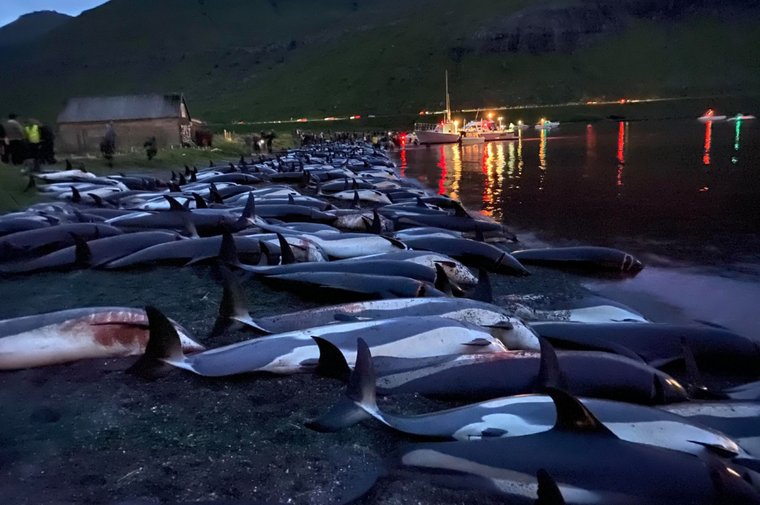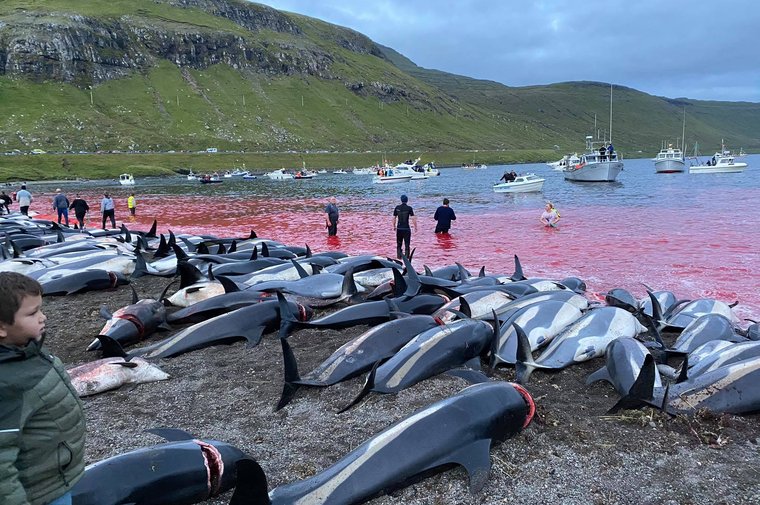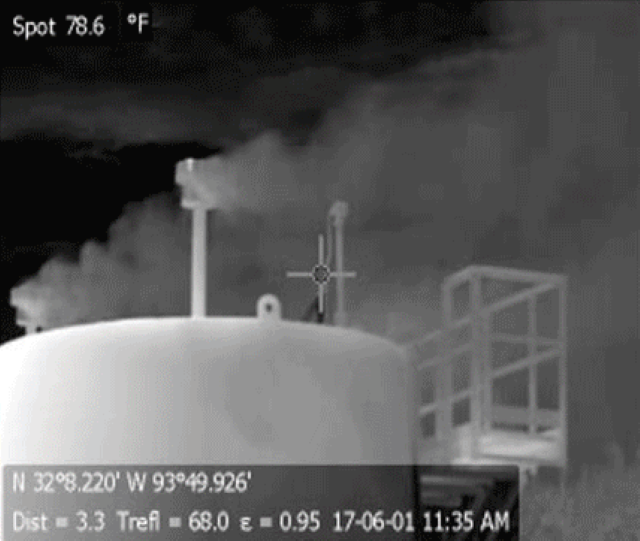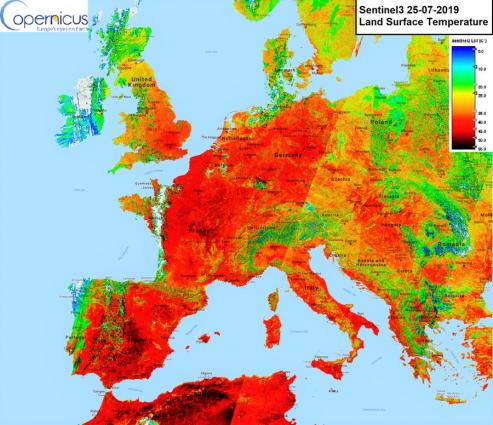More than 1,400 dolphins slaughtered in one day in Faroe Islands – “Possibly the largest single hunt of cetaceans ever recorded worldwide”

By Joshua Nevett
14 September 2021
(BBC News) – The practice of dolphin hunting in the Faroe Islands has come under scrutiny after more than 1,400 of the mammals were killed in what was believed to be a record catch.
The pod of white-sided dolphins was driven into the largest fjord in the North Atlantic territory on Sunday.
Boats herded them into shallow waters at Skalabotnur beach in Eysturoy, where they were killed with knives.
The carcases were pulled ashore and distributed to locals for consumption.
Footage of the hunt shows dolphins thrashing around in waters turned red with blood as hundreds of people watch on from the beach.
Known as the grind (or Grindadrap in Faroese), the hunting of sea mammals – primarily whales – is a tradition that has been practised for hundreds of years on the remote Faroe Islands. […]
The scale of the killing at Skalabotnur beach has shocked many locals and even drawn criticism from groups involved in the practice.
Bjarni Mikkelsen, a marine biologist from the Faroe Islands, put the reported death toll into perspective.
He said records showed that this was the largest number of dolphins ever killed on one day in the Faroe Islands, a autonomous territory of Denmark.
He said the previous record was 1,200 in 1940. The next-largest catches were 900 in 1879, 856 in 1873, and 854 in 1938, Mr Mikkelsen said. […]

Campaign group Sea Shepherd said that “the killing of the dolphins and pilot whales is rarely as quick as the Faroese government” makes out.
“Grindadrap hunts can turn into drawn-out, often disorganised massacres,” the group says.
“The pilot whales and dolphins can be killed over long periods in front of their relatives while beached on sand, rocks, or just struggling in shallow water.” […]
Surveys suggest that most people are opposed to the mass slaughter of dolphins in the Faroe Islands.
On Sunday, the national reaction was “one of bewilderment and shock because of the extraordinarily big number”, said Trondur Olsen, a journalist for Faroese public broadcaster Kringvarp Foroya.
“We did a quick poll yesterday asking whether we should continue to kill these dolphins. Just over 50% said no, and just over 30% said yes,” he said. [more]
Faroe Islands: Anger over killing of 1,400 dolphins in one day


